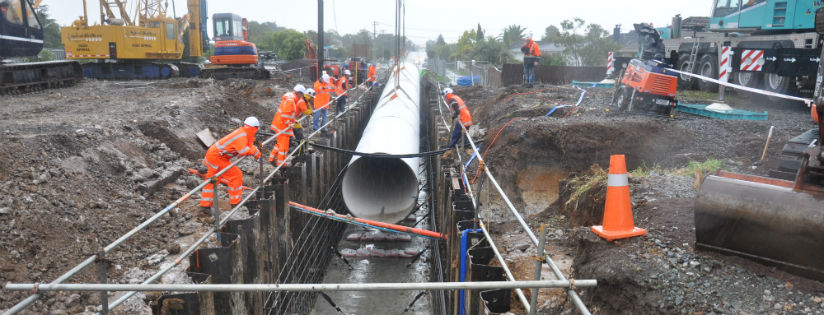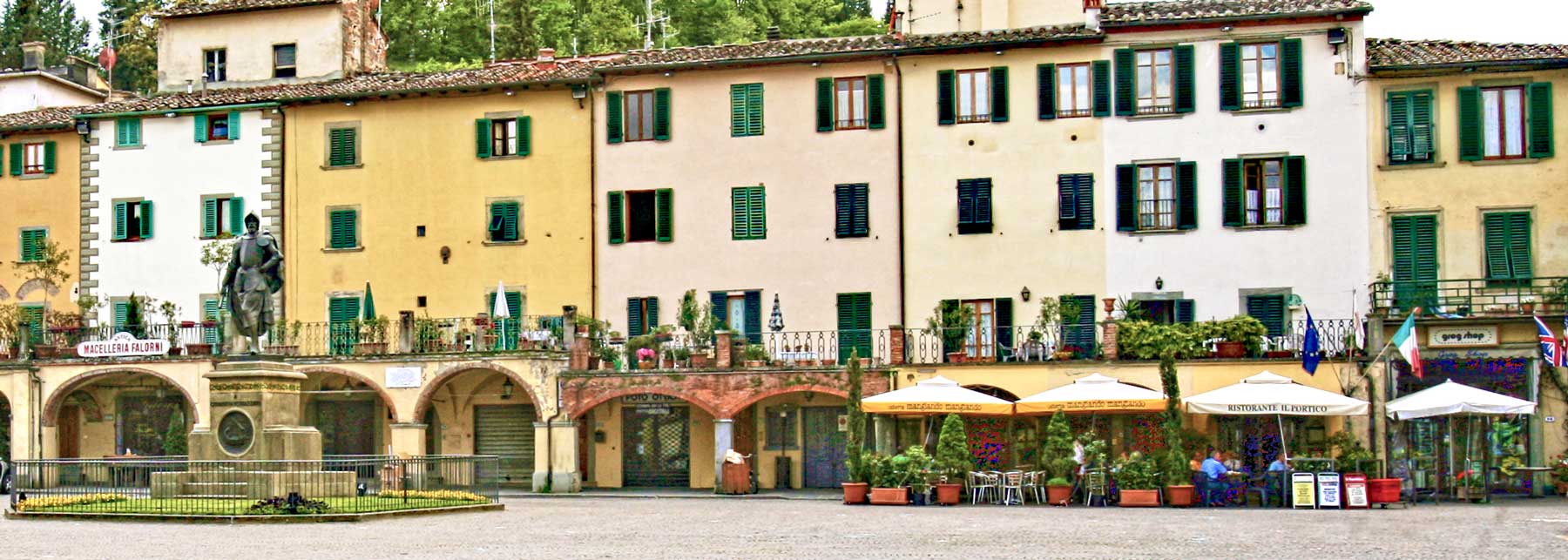MarketTowns.NZ
The Industrial Revolution changed how and where people live. The Digital Revolution uses fibre and wireless not roads and rail. It redefines how and where people can live. But as with all change, people in large institutions who work in silos, lag behind, not understanding the implications of the emerging reality.
On 5 April 2024, a RNZ headline read “$1 trillion to bring NZ infrastructure up to standard” explaining “Public transport is integral to a nation’s infrastructure.” The report suggests a new approach to building and maintaining infrastructure is needed to boost the country’s economic performance over the long-term. But their approach is not new, it’s obsolete. It is silo thinking. Transport, be it public or private, presumes almost everyone must travel to accomplish the mundane chores of daily life. In the machine age, this was true, especially because NZ adopted US zoning laws separating daily destinations. In the digital age, this is not necessary, but it means changing how we design new communities. Move destinations not people.
If we are serious about the future, stop building transport-based developments
Why do we keep doing the same thing over and over when it is clearly not working? We do so because there is some form of gain in doing so. If we want to change to make civilisation work, we must place public interest over private agendas. But to do that, first understand what will work.
What is a MarketTown?
For 1,000 years, market towns were self-contained, self-supporting local economies that only died out with the rise of the Industrial Revolution as townsfolk moved to the gritty cities. Market towns worked then; they are human-scaled communities right for the 21st century as fibre replaces transport.
A 21ˢᵗ Century MarketTown:
- Fibre-based not transport-based local economy
- 200 hectare site with 85 hectare urban core
- 10,000 people creates economic critical mass
- For all ages, stages, walks of life
- 20 side-by-side villages around a town centre
- No cars within, no in/outbound commuters
- 4,000 medium-density, attached townhouses
- Target $500,000 median, $200,000 lowest
- 20% parallel market affordable housing
- No infrastructure costs to host council
- No inbound/outbound pipes, all local waters
- No commuters, all work destinations are local
- Buildings manufactured in an onsite factory
- 3 years from start to finish
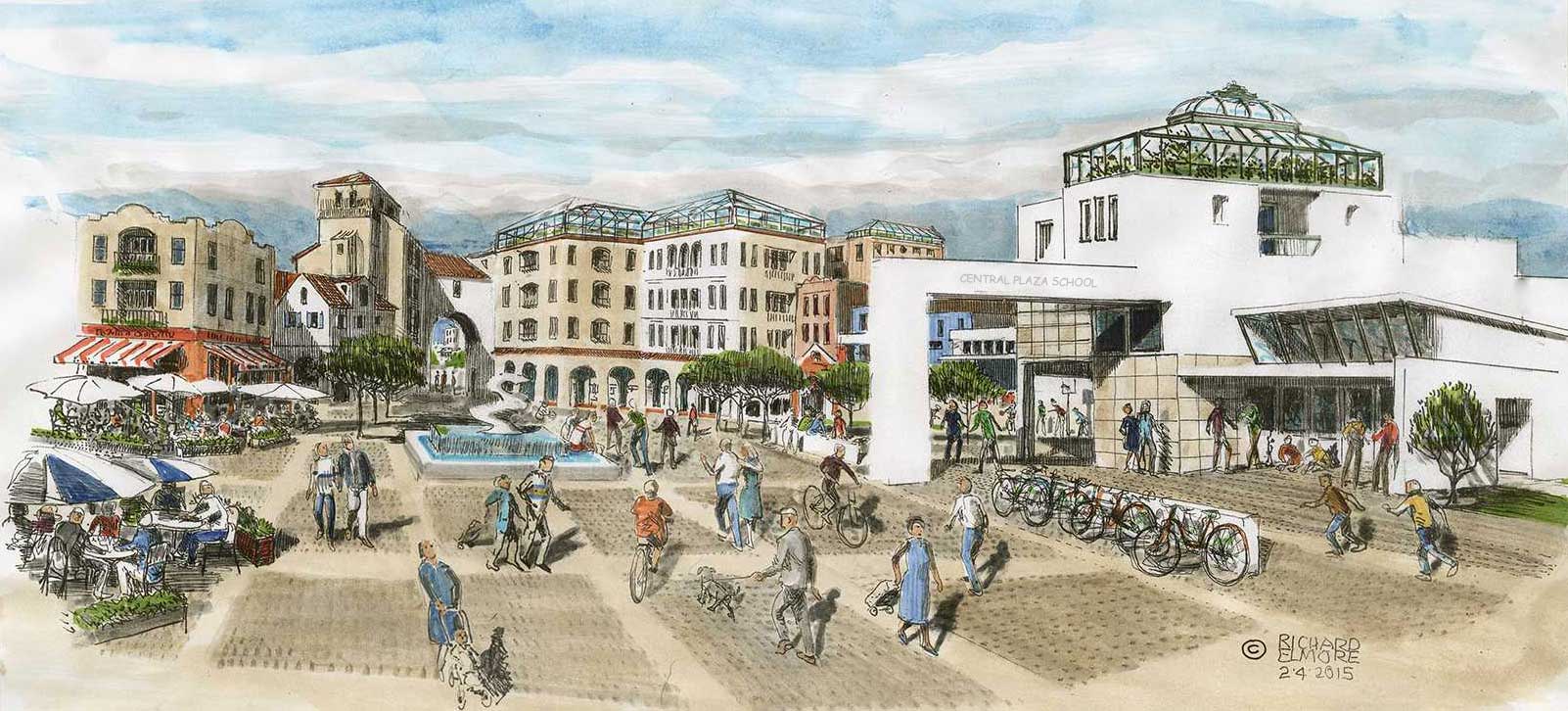
The answer to our present challenges can be found in a pre-industrial development model called the Market Town. Car free, carbon neutral, zero waste, socially supportive, culturally vibrant and affordable by everyone – a complete, not elite community that thrived for a thousand years until city planners and everyone associated with building communities lost the plot.
To quote Victor Papanek, in former times, planners understood that people built communities not for justice, peace, defence or traffic, but to enjoy what Aristotle called a good life: the social pursuits of conviviality, citizenship, and artistic, intellectual & spiritual growth. Commerce is the foundation of a good life, not an end it itself. We often forget this.
Now with the advent of the fibre-based civilisation, transport-based design from the Industrial Revolution is obsolete and potentially planet-threatening. Rather than reinvent the wheel, reinvent the foot. Look to timeless patterns that can be adapted to the digital age: the MarketTown.
Think of these market towns as Version 2.0, the fibre-based MarketTown.
There are a lot of elements that are different. Below are some of the elements. Click on each to read more.
Climate Change
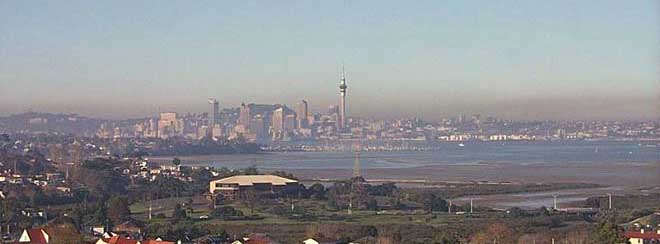
The Layout of a MarketTown
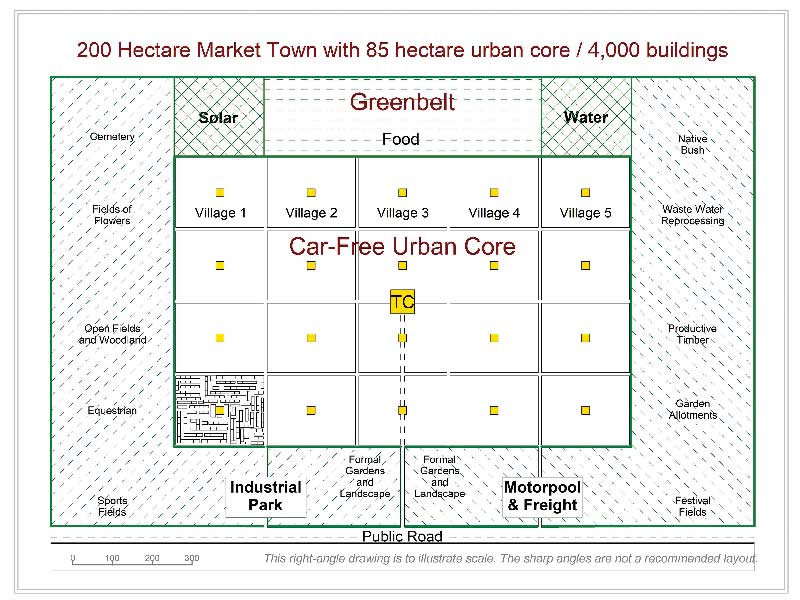
- 200 hectares of greenfield land
- 85 hectare urban core surrounded by
- 115 hectare greenbelt to prevent cross-boundary conflicts and provide open space.
- Urban core divided into 20 villages and a
- Cosmopolitan town centre
All ages, stages and walks of life
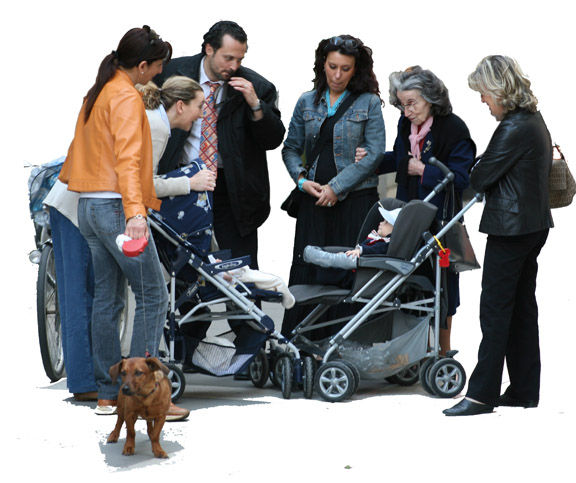
When you remove cars from the streets, those who do not drive… children, elders, infirm are no longer second-class citizens in society. When you include parallel market housing, those on low and fixed incomes are not pushed out by gentrification.
No Costs to Council
The 80/20 Fibre-based Local Economy
In the fibre economy, 20% of the workforce is local-to-global (L2G), importing the money that circulates 5-20X in the local to local (L2L) economy, supporting about 250 local job types. The L2L economy eliminates the need for transport, provided there is a critical mass of population – about 10,000 residents.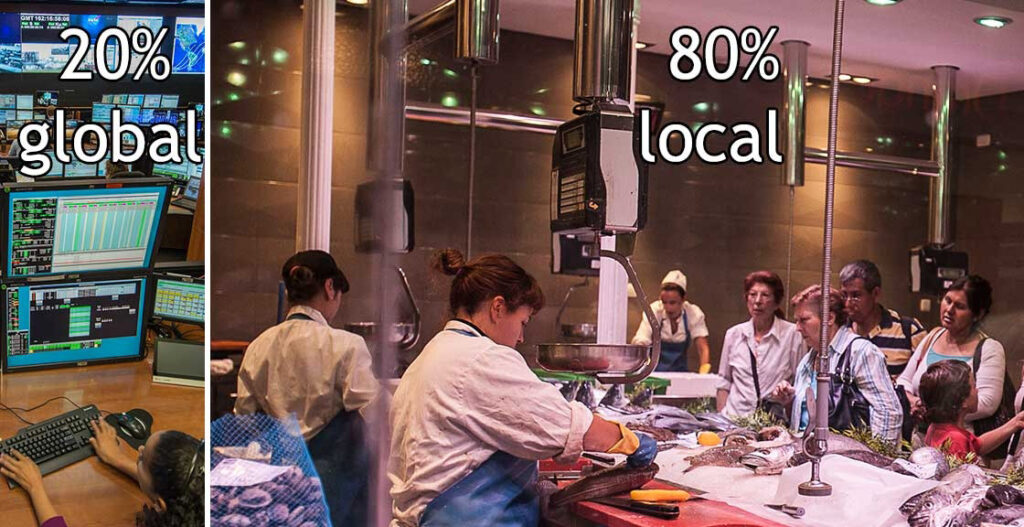
The Problem with Cars (and Buses)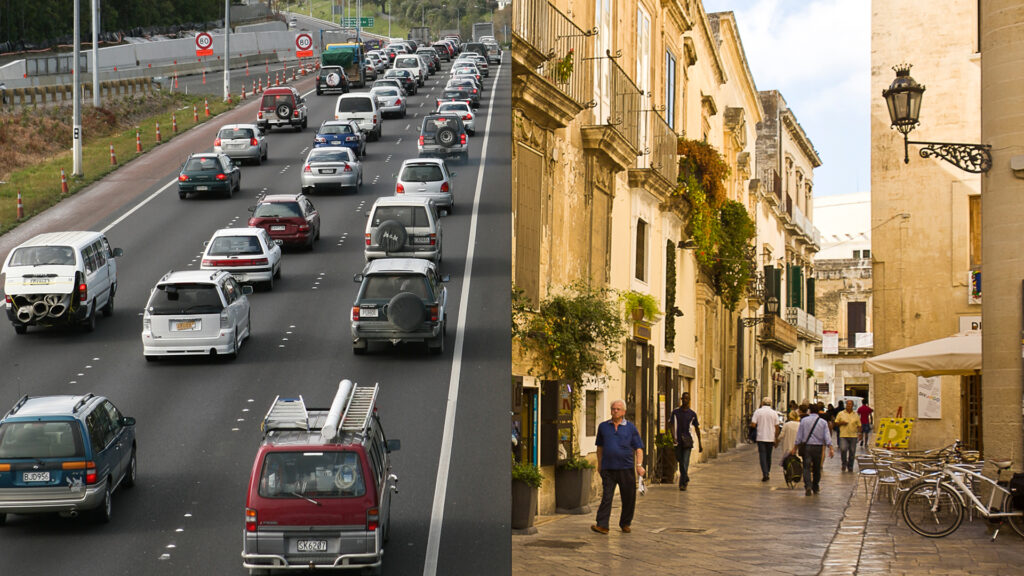
To quote Christopher Alexander, cars turn towns into mincemeat. Ignoring for the moment the planetary impact of moving people by machines, humans are designed to walk, to encounter people on the streets and in the plazas, to stop and talk. Technology has moved far faster than biology; the more we digitise, the more we need to humanise.
A Place to grow, Opportunity for Youth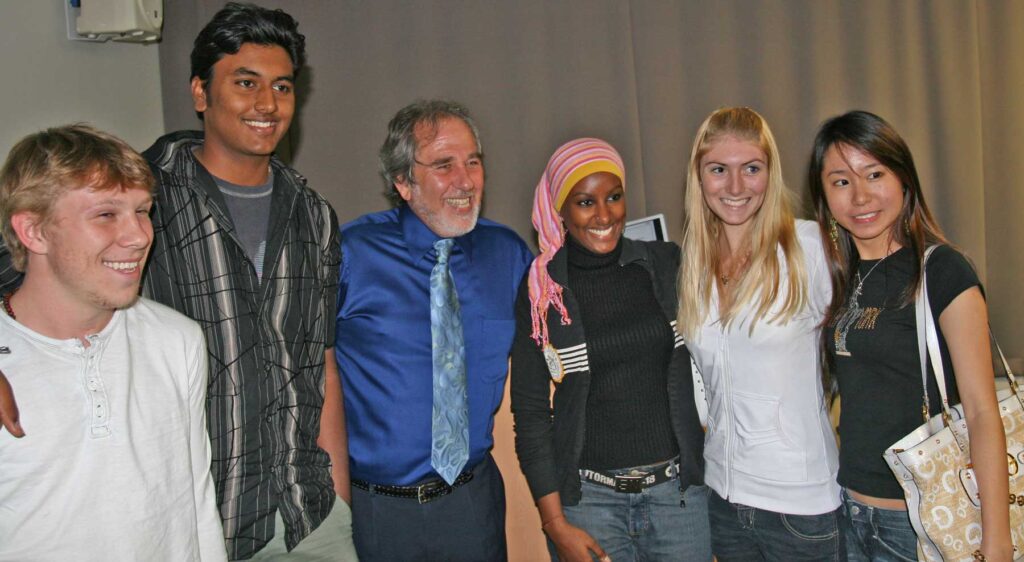
Car-free streets in villages are safe for free-range children, with a thousand eyes watching out for them. The classrooms are on the village plazas, given them adult role models to emulate. After-school jobs give them a transition into adulthood, and parallel market youth housing enables them to joint the home-ownership ladder.
Permanent Affordable Housing
None of this is new, it’s only new to New Zealand.
Socially and Culturally Enriched
Warm and dry housing is a very low bar set by the government in facing an affordable housing crisis. Thriving, vibrant communities are a whole lot more. They don’t cost more, they just need to include the social infrastructure.

Part of this involves supporting what is called the creative class, the artists, musicians, performers, designers and others who enrich the cultural fabric of society.
Old People Everywhere
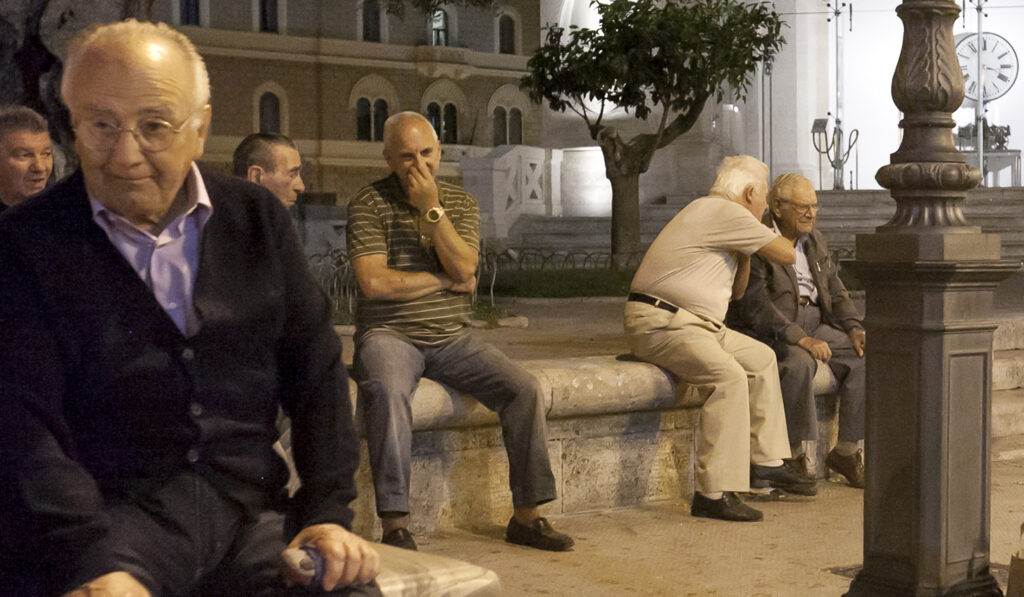
In a MarketTown losing your license to drive is a non-event. When it is time to simplify, elder housing is provided on the ground floor, within 50 metres from the village plazas. Retirement does not mean segregation in retirement homes where everyone is old, cutting off the crucial role old people play in passing on the culture
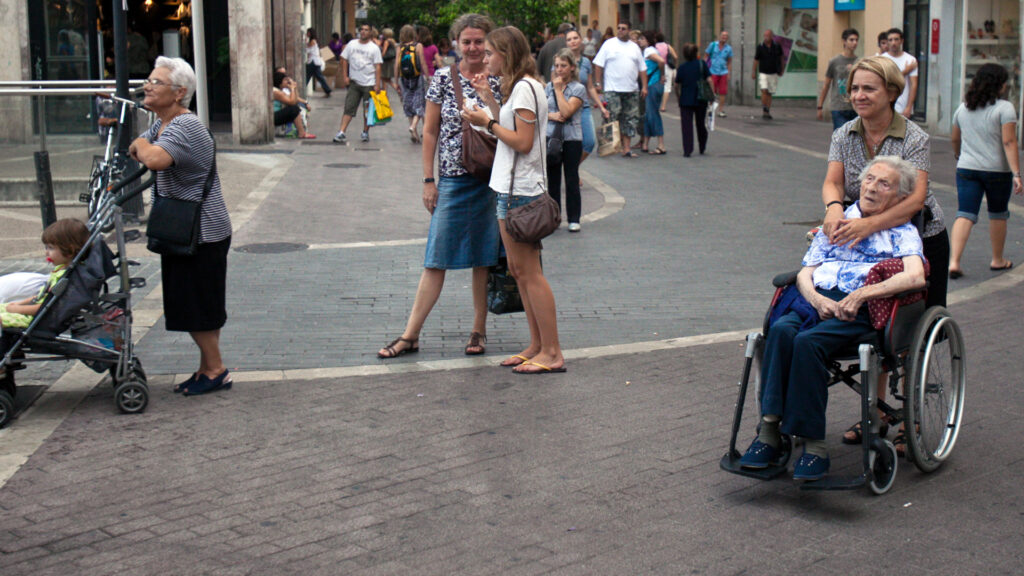
Small-scaled nursing facilities are on each village plaza, so those who become wheelchair or bed-bound do not suffer the depression when removed from their community and their familiar haunts.
